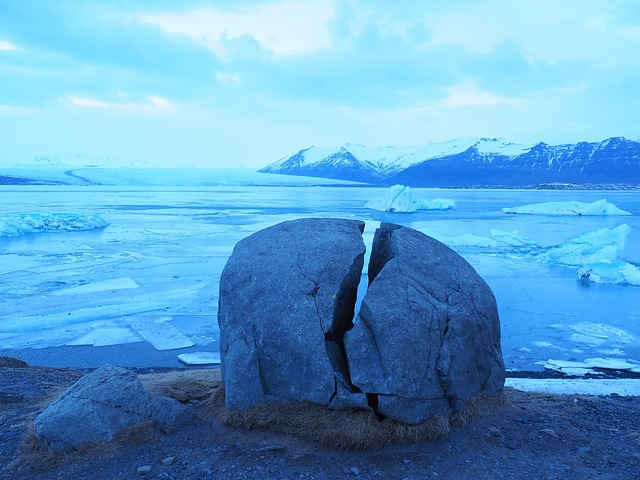As the world grapples with the harsh realities of climate change, a growing wave of climate migrants is emerging, reshaping the landscape of our societies and environments. These individuals are not just statistics; they are people whose homes, memories, and livelihoods have been swept away by rising sea levels, extreme weather events, and prolonged droughts. The impact of their migration is not limited to the borders they cross; it ripples through the entire ecological fabric of our planet.
When we think about climate migrants, it’s essential to understand the urgency of their plight. Imagine a place once thrumming with life, now rendered a ghost town—families uprooted due to floods, farmers displaced by droughts that last years longer than anticipated. These individuals are forced to abandon their homes and seek refuge, often in areas that are themselves struggling under the pressures of climate degradation. This influx can lead to competition for dwindling resources, straining local environments already burdened by their own challenges.
The environmental ramifications of this crisis are profound. As climate migrants settle in new regions, the delicate balance of local ecosystems is disrupted. Increased population density can lead to overexploitation of local resources, deforestation, and increased waste production. Moreover, the cultural identity and traditional knowledge of migrant communities can be at odds with local practices, further accentuating tensions and environmental degradation.
Additionally, adapting to climate change is a complex challenge. Areas receiving large numbers of climate migrants often lack the infrastructure and resources necessary to support these new populations effectively. Overwhelmed cities may face air and water pollution exacerbated by climate stresses, resulting in health hazards for both newcomers and long-time residents. As a result, the environmental impacts are twofold: the degradation of ecosystems and the health of communities that strain under the weight of adaptation.
Thus, the question arises—how can we support both the needs of climate migrants and the environments they enter? Educating local communities about sustainable practices is vital. Integrating migrants into community planning and development can ensure that their needs are met without compromising environmental integrity. Innovative solutions such as green spaces, sustainable housing, and community gardens can foster not only ecological restoration but also social cohesion.
Moreover, acknowledging the root causes of climate migration is key to addressing future challenges. We must advocate for global policies that mitigate climate change, ensuring that communities worldwide are better equipped to handle the evolving crises. While this is a daunting task, every step toward sustainability can alleviate some of the pressures that propel climate migration.
In conclusion, the phenomenon of climate migrants is a poignant reminder of the intertwined destinies of humanity and nature. By embracing empathy and proactive strategies, we can navigate this melting crisis together, paving the way for a sustainable future for all. The time to act is now—our environment depends on it.



